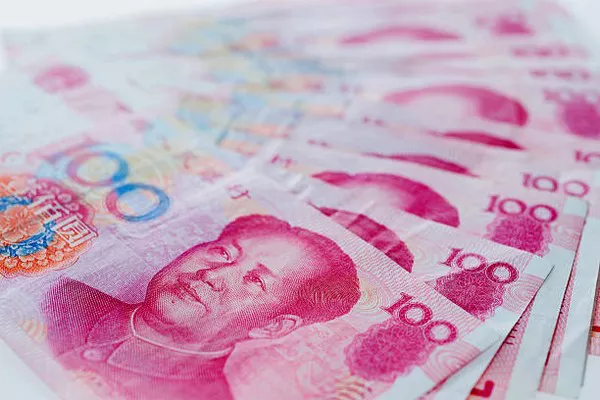In recent years, the Chinese yuan (CNY) has emerged as a key player in the global currency market. As China solidifies its position as a major economic powerhouse, the demand for its currency has witnessed a steady increase. Understanding who is most likely to demand the Chinese yuan is crucial for investors, policymakers, and businesses navigating the complexities of the international financial landscape.
Global Trade Dynamics:
One of the primary drivers behind the increasing demand for the Chinese yuan is the shifting dynamics in global trade. China has become a manufacturing and export giant, with a significant share in the production of goods across various industries. As more nations engage in trade with China, the demand for the yuan naturally rises. Trading partners prefer to hold yuan to facilitate smoother transactions, reduce currency risk, and benefit from favorable exchange rates.
The Belt and Road Initiative (BRI), China’s ambitious infrastructure project spanning multiple continents, has also played a pivotal role. Countries involved in BRI projects often demand yuan for transactions, leading to an expanded global footprint for the Chinese currency.
Diversification of Reserves:
Central banks around the world are increasingly diversifying their foreign exchange reserves, and the Chinese yuan has become an attractive addition. Historically dominated by the U.S. dollar and the euro, reserve managers are seeking to reduce their reliance on a few key currencies to mitigate risks associated with currency fluctuations.
China’s efforts to internationalize the yuan have resulted in greater acceptance and inclusion in global reserve portfolios. The International Monetary Fund (IMF) included the yuan in the basket of currencies that make up the Special Drawing Rights (SDR), signaling its status as a global reserve currency. This recognition has spurred central banks to increase their holdings of yuan, further driving demand.
Financial Liberalization and Market Reforms:
China’s commitment to financial liberalization and market reforms has bolstered the demand for the yuan. The government’s efforts to open up its capital markets, ease restrictions on foreign investors, and launch various financial instruments denominated in yuan have attracted global investors.
Foreign institutional investors are increasingly participating in Chinese financial markets, including stocks and bonds, as they seek to capitalize on opportunities in the world’s second-largest economy. As foreign capital flows into China, the demand for yuan intensifies, contributing to the currency’s prominence in international finance.
Technology and Fintech Integration:
The rise of financial technology and digitalization has played a crucial role in the growing demand for the Chinese yuan. China has been at the forefront of digital currency innovation, with the introduction of the digital yuan (e-CNY). This central bank digital currency (CBDC) has the potential to revolutionize international transactions and cross-border payments.
As more countries explore digital currencies and blockchain-based financial systems, the demand for the yuan is likely to increase. The seamless integration of technology into financial ecosystems enhances the efficiency and transparency of transactions, making the Chinese yuan an appealing choice for various participants in the global financial landscape.
Geopolitical Factors:
Geopolitical considerations also influence the demand for the Chinese yuan. Amidst trade tensions and geopolitical uncertainties, some nations seek to reduce their dependence on traditional reserve currencies like the U.S. dollar. This has led to increased interest in alternative currencies, including the yuan.
China’s growing influence in international organizations and its diplomatic efforts have contributed to the yuan’s status as a viable alternative to existing dominant currencies. Nations looking to diversify their economic and financial partnerships may opt for the yuan to foster stronger ties with the world’s second-largest economy.
See Also What Currency Does China Want?
Conclusion:
The demand for the Chinese yuan is on an upward trajectory, fueled by a confluence of factors ranging from global trade dynamics and financial market reforms to technological advancements and geopolitical considerations. As China continues to assert itself as a major player on the world stage, the yuan’s importance in the international monetary system is set to expand further.
Investors, businesses, and policymakers need to closely monitor these trends, recognizing the evolving role of the Chinese yuan in the global economy. As the yuan’s influence continues to grow, its impact on trade, investment, and the broader financial landscape will undoubtedly shape the future of international finance.


